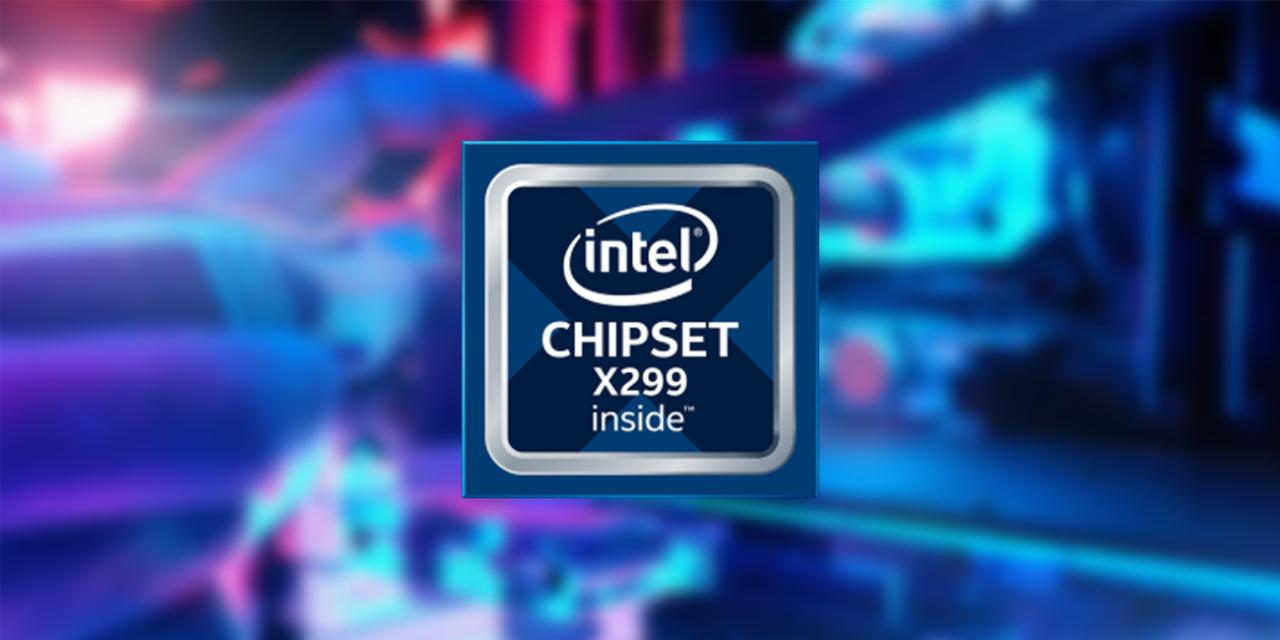
Intel has given the nod to its hardware partners to make entry-level X299 motherboards only support dual-channel memory, rather than the quad-channel support found in the higher end models. Aimed at lower end i5 CPUs, these motherboards would be slightly cheaper because of that drop, but would see much lower memory bandwidth because of it.
Quad-channel memory allows the motherboard to make simultaneous use of all sticks of memory, effectively quadrupling the available bandwidth over a single stick, single channel solution. That means that going from dual channel to quad channel can mean a doubling in memory performance, which can have a huge impact on synthetic and real world applications.
Of course though, that's only really needed for those pushing their systems to the maximum and can only be leveraged by sufficiently powerful processors. If you aren't planning to fill every memory slot with compatible memory, then you aren't going to see much benefit from having quad-channel support, which is why Intel is looking to have its partners focus on dual channel solutions for lower-end systems.
That's actually quite an important step to take too. As PCGN points out, if Intel didn't push for these changes, motherboards would be sold with a bunch of inactive features, since certain Kaby Lake X chips cannot take advantage of quad-channel memory anyway. They can only support 16 PCIExpress lanes too, so boards with a tonne of extra PCIE ports wouldn't make much sense either.
Of course this does limit the upgrade potential for those users, but those who plan to upgrade in the future may be willing to pay a little extra for that ability.
The next time you upgrade, will you be looking at end of the lower-end Kaby Laky X products? Or has AMD's new Ryzen line up tempted you to stray from Intel's camp?
Image source: Intel








